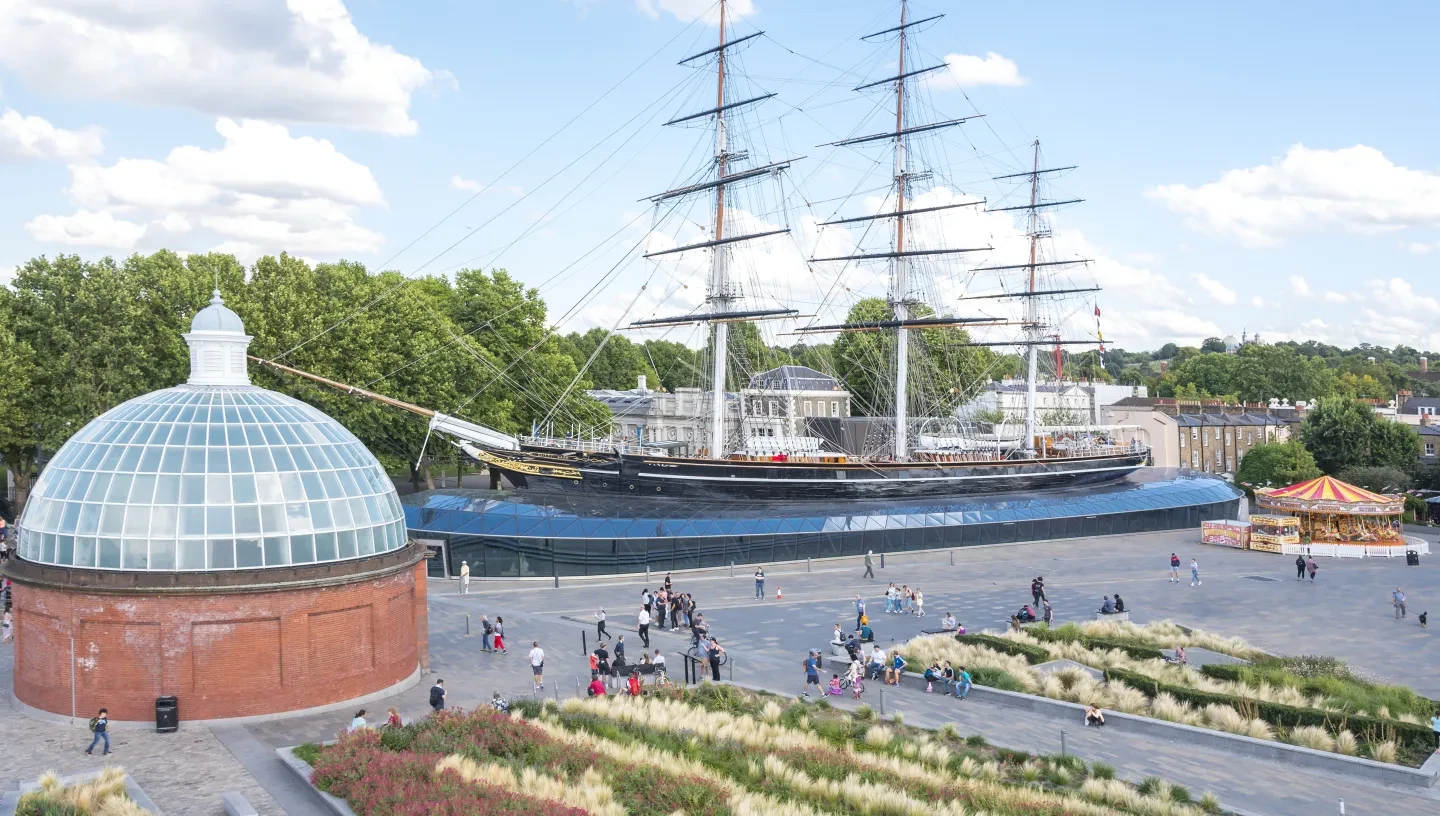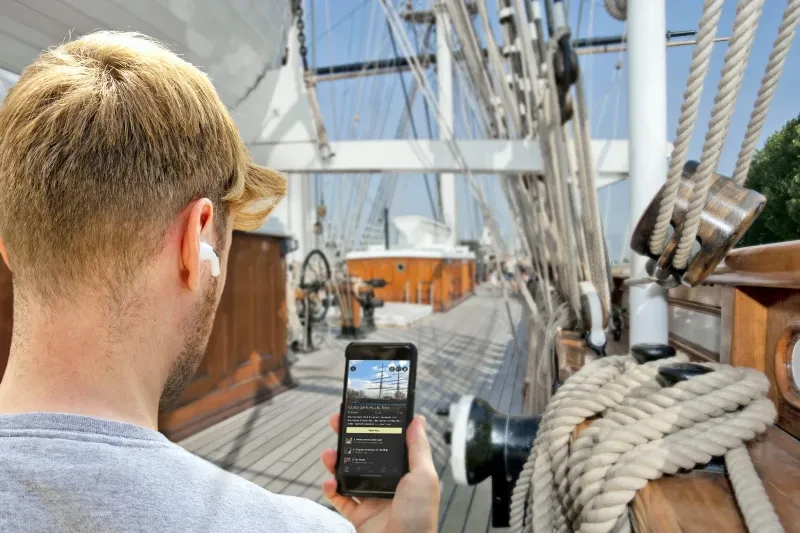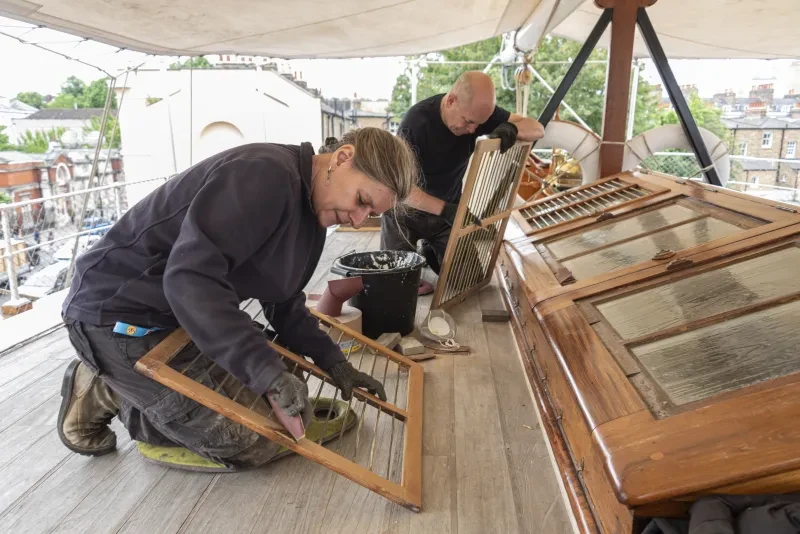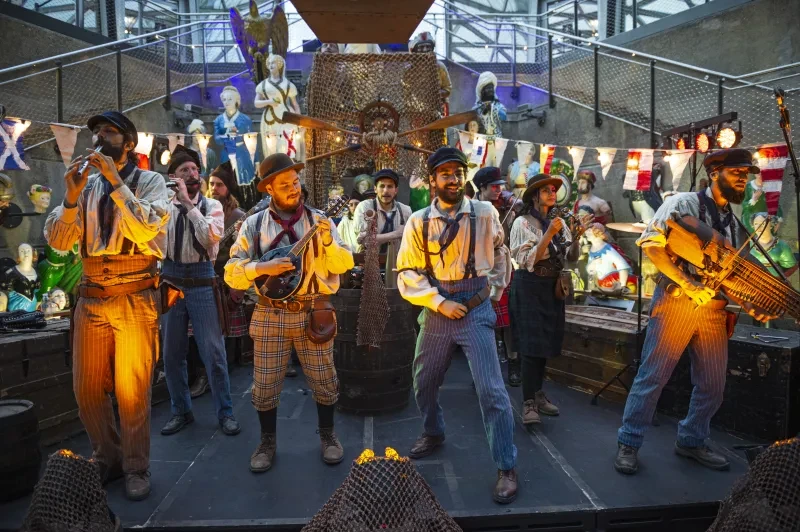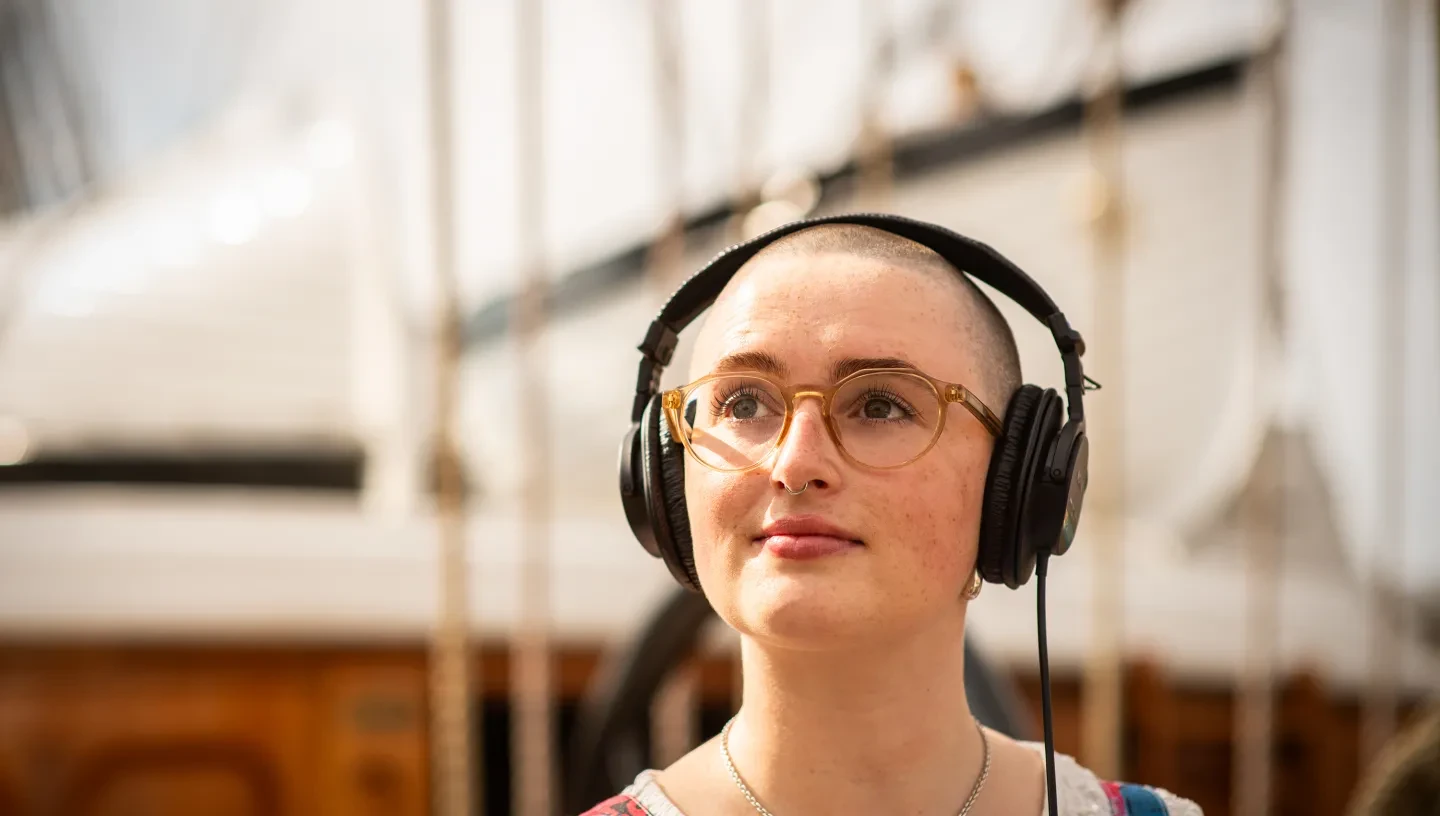
Essential information
| Location | |
|---|---|
| Price | Free with entry to Cutty Sark |
Cutty Sark Soundscape is a new digital experience that immerses you in the sounds of sailing on a tea clipper 150 years ago.
Hear the wind, waves, rigging and creaking wood along with specially commissioned music composed by Sonic Collaborations.
Discover more about Cutty Sark's new audio experience with creators Colin Riley and Nic Pendlebury.
Cutty Sark Soundscape is powered by Smartify, the world's most downloaded museum app. The experience is available to listen to using your own phone and headphones.
We recommend downloading the free app before you arrive (available for Apple and Android), but you can also scan the QR code outside the entrance to Cutty Sark.
To launch the experience, open the Smartify app, tap the 'Scan' button at the bottom of the screen and hold your phone up to the Cutty Sark Soundscape poster – the experience will load automatically. Alternatively you can search for the soundscape within the app.
Once loaded, simply follow the on-screen instructions to begin. Please note that the app needs to be open and Bluetooth enabled for the experience to work.
Staff will be on hand to help you throughout your visit. Just remember to bring your headphones!
Creating the soundscape
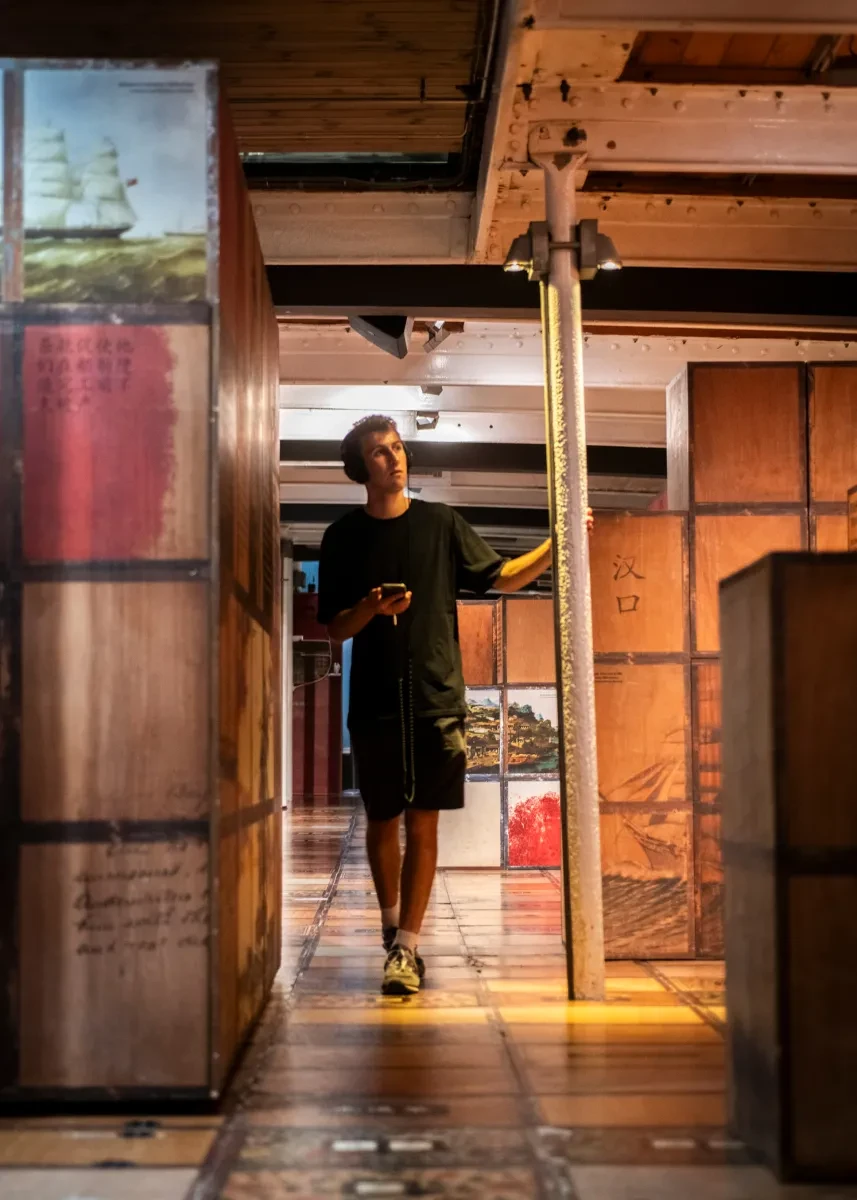
Cutty Sark Soundscape transports you 150 years back in time to hear what the ship might have sounded like while sailing across the world in a variety of wind conditions.
The sounds have been made to be as accurate and realistic as possible, ranging from being outside on the Main Deck in near-gale conditions to tea chests being loaded in Lower Hold. The experience is peppered with localised sound effects, ranging from various animal noises to the ringing of a ship’s bell.
Accompanying these ambient sounds, the soundscape features specially composed music by Sonic Collaborations (Colin Riley and Nic Pendlebury).
"The soundscape is a set of mood pieces which reflect the feeling on each deck, as well as how this can change in different weather conditions," Colin and Nic explain. "Each visitor’s version of the soundscape will be unique depending on their journey through the ship, the time taken to linger (or not) in each space, and personal curiosity to experiment with different weather conditions."
"The soundscape has an ambient quality, aiming to blend music with sound effects, and so provide a dramatic and seamless listening experience," they add. "The music was created blending a 'string orchestra' of electric violas, a treated piano (with its sound altered), as well as various maritime sound effects, voices and samples."
Music from the experience is available as an EP through Bandcamp.
Meet the artists
Colin Riley is a composer, curator and educator. He studied at Chetham’s School of Music in Manchester, the University of York and Guildhall School of Music and Drama, and is now a senior lecturer at Brunel University in London. His work crosses genres, incorporating technology, improvisation, songwriting and large-scale classical pieces.
Nic Pendlebury has been at the forefront of the contemporary music scene for over 30 years and was the founder and violist of the internationally acclaimed Smith Quartet. In more recent years Nic’s pioneering and creative spirit has seen him create a new repertoire for the electric viola, an instrument he believes has an exciting future in the ever-developing world of classical music. Nic is also Head of Strings at Trinity Laban Conservatoire of Music & Dance where he leads one of the most dynamic departments in Europe.
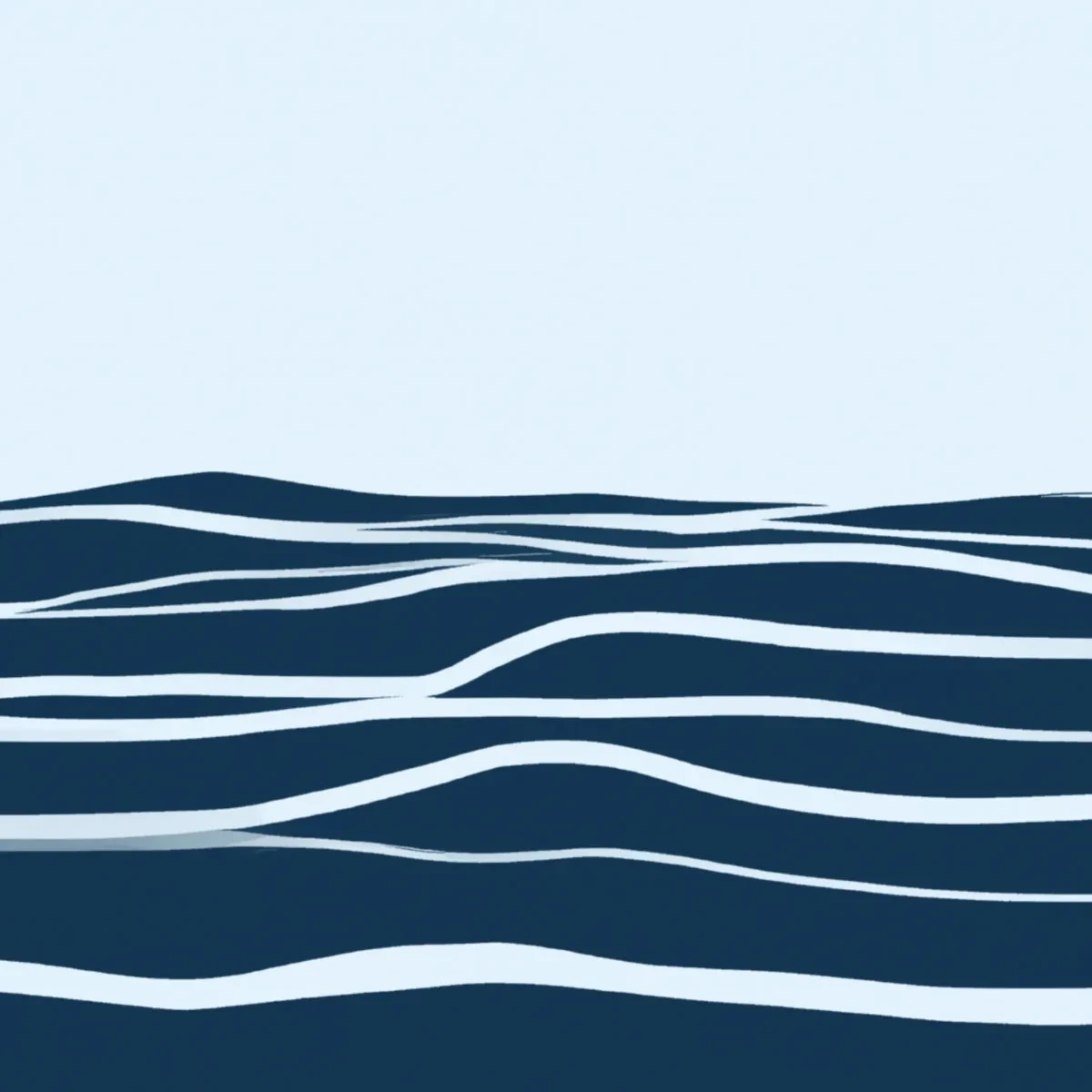
Ebb and Flow - exclusive track
An exclusive song, Ebb and Flow, has been created by Sonic Collaborations in conjunction with this experience. It features the vocals of Lottie P (Goat Girl).
The track can be accessed via Bandcamp.
London-based composer and multi-instrumentalist Lottie Pendlebury (Lottie P) is a multi-faceted and prolific musician who splits her time between her Rough Trade-signed band Goat Girl and other solo and collaborative endeavours.
Having released three highly praised albums since their signing, Goat Girl (while predominantly an alternative rock trio) have been known to journey through many different sounds on their records, from art pop inspired vocals to the experimental guitar and bass sounds, their artistic exploration is always what remains at the forefront of each record.
The wind and Cutty Sark
Cutty Sark Soundscape is based around different wind conditions that Cutty Sark and its crew would have faced on voyages.
There needed to be enough wind to help the ship quickly travel across the seas and earn the crew and owner money for delivering valuable cargoes. However, too much wind and the ship was at risk from huge waves.

The Beaufort Scale is a guide to help sailors rank wind conditions, starting at a Force 0 (a flat calm with no wind) all the way up to a Force 12 (hurricane).
Devised in 1805 and still in use today, the Beaufort Scale was developed by Sir Francis Beaufort to standardise how wind observations were recorded across ships. Prior to this, individuals recording the weather onboard ships had to estimate how fast the wind was blowing, a system which was prone to large discrepancies.
The sounds heard on board Cutty Sark would have changed dramatically depending on the strength of the wind. This variation is at the heart of Cutty Sark Soundscape.
In the soundscape listeners can choose from three wind levels to experience the sounds of the ship in different conditions:
- Light air (Level 1 on the Beaufort Scale): Ripples with the appearance of scales are formed on the sea’s surface, without foam crests.
- Moderate breeze (Level 4): Small waves becoming longer; white caps appearing on the top of waves.
- Near gale (Level 7): Sea heaps up and white foam from breaking waves begins to be blown in streaks along the direction of the wind.
